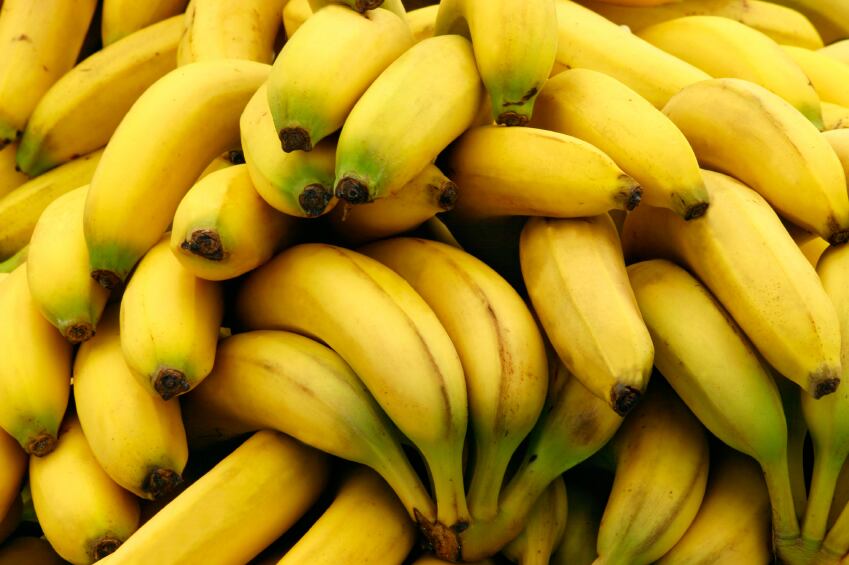Dietary habits taken from several populations revealed a relationship between higher dietary potassium and lower blood pressure (BP), regardless of sodium intake.
Potassium, found in foods like sweet potatoes, avocados, spinach, beans, bananas and even coffee may also be a marker for other beneficial components of a ‘natural’ diet.
“Decreasing sodium intake is a well-established way to lower blood pressure," said Dr Alicia McDonough, professor of cell and neurobiology at the Keck School of Medicine of the University of Southern California (USC).
"But evidence suggests that increasing dietary potassium may have an equally important effect on hypertension."
Dr McDonough’s team recommended measures aimed at adding more potassium to the national diet that include making fruits and vegetables available at lower cost and more accessible via public policies.
For the food industry recommendations include developing food-processing technologies that retain the natural composition of cations, and a requirement for manufacturers to display potassium content on nutrition facts panels.
‘Potassium like a diuretic’

The review used a mix of population, interventional and molecular research that looked into the effects of dietary sodium and potassium on hypertension.
Of particular note were the interventional studies with potassium supplementation, which suggested that potassium provided a direct benefit.
"When dietary potassium is high, kidneys excrete more salt and water, which increases potassium excretion," Dr McDonough explained. "Eating a high potassium diet is like taking a diuretic."
Increasing dietary potassium will take a conscious effort, however. Modern diets have changed drastically with an emphasis on processed food with a high salt content. Processed foods, however are usually low in potassium.
One commentary included in the study noted that more than 75% of the sodium in the US diet was added during food processing and, thus, was difficult to control or assess.
"If you eat a typical Western diet your sodium intake is high and your potassium intake is low,” said Dr McDonough.
“This significantly increases your chances of developing high blood pressure. When dietary potassium is low, the balancing act uses sodium retention to hold onto the limited potassium, which is like eating a higher sodium diet,” she added.
Salt and potassium levels
Salt reduction is thought to be one of the most cost-effective strategies in preventing the onset of non-communicable diseases (NCDs).
Approached are usually formed around three central actions: reformulation of products; consumer increased awareness and education of consumers including better labelling; and closer monitoring of salt consumption within the population.
Countries such as Finland and the United Kingdom (UK) were early adopters of effective salt reduction programmes and many European countries have introduced effective measures since then.
The UK government’s current recommendation on salt consumption sets a limit for adults at less than 6 grams of salt a day (g/day).
The World Health Organisation (WHO) have said that current daily salt consumption in most European countries is estimated or measured to be 7–18 g/day, with no Member States meeting recommended levels.
A 2004 Institute of Medicine report recommends that adults consume at least 4.7 g of potassium per day to lower blood pressure, lower the impact of dietary sodium and reduce the risks of kidney stones and bone loss,
“Eating ¾ cup of black beans, for example, will help you achieve almost 50% of your daily potassium goal,” Dr McDonough said.
Source: American Journal of Physiology - Endocrinology And Metabolism
Published online ahead of print: DOI: 10.1152/ajpendo.00453.2016
“Cardiovascular benefits associated with higher dietary K vs. lower dietary Na evidence from population and mechanistic studies.”
Authors: Alicia A. McDonough, Luciana C. Veiras, Claire A. Guevara, Donna L. Ralph
